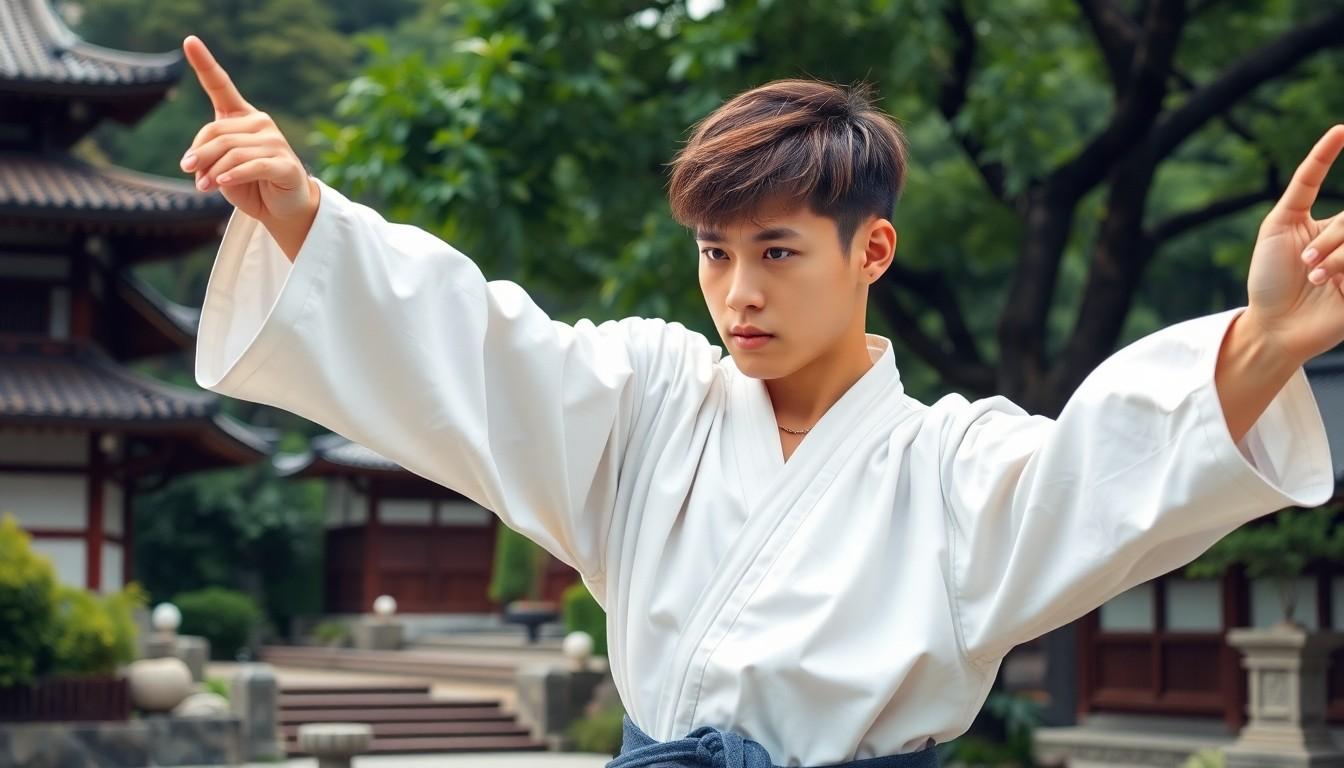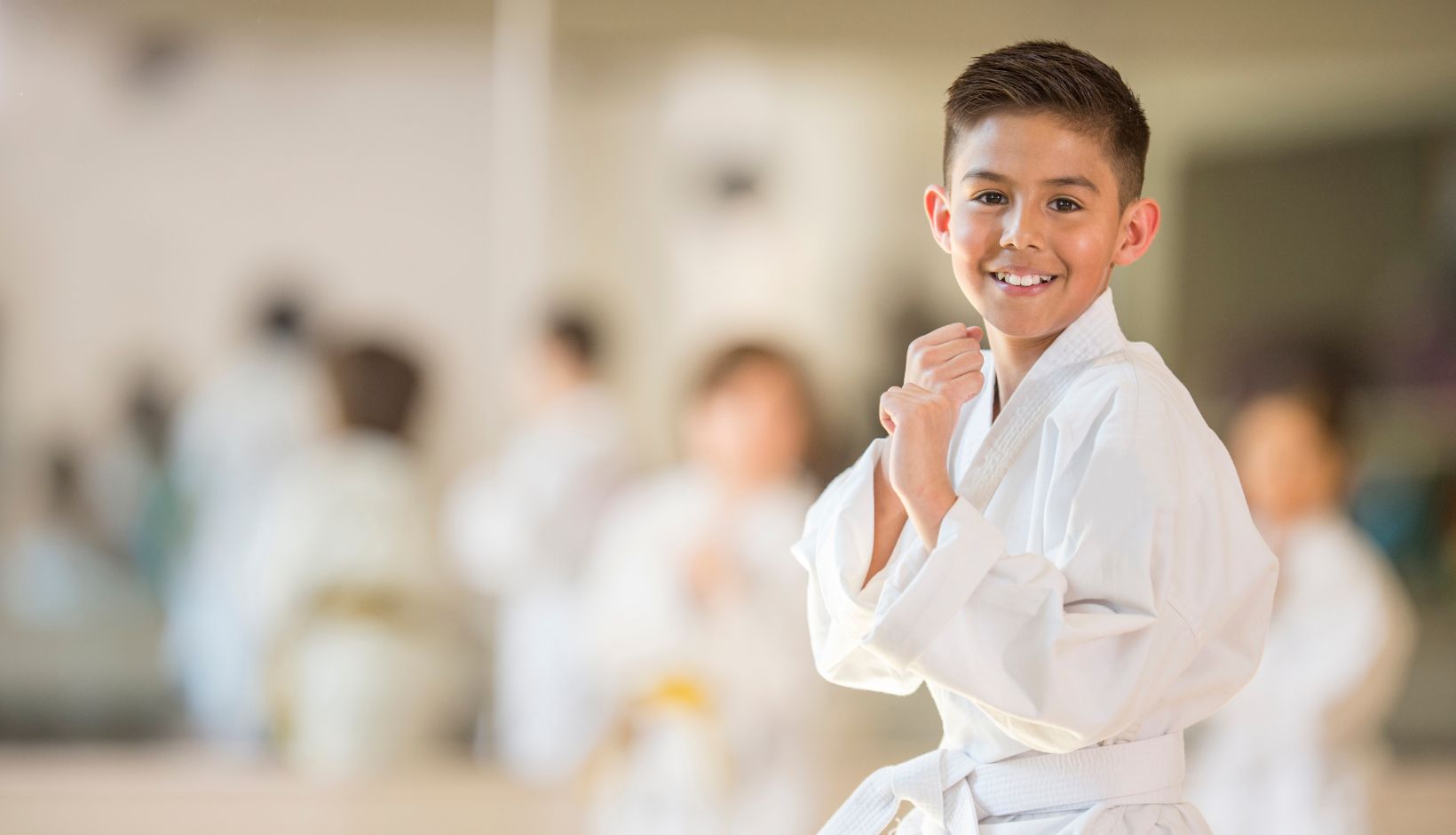In the world of ’80s cinema, few films pack a punch quite like The Karate Kid Part II. This sequel takes the iconic story of Daniel LaRusso and Mr. Miyagi to new heights—or should we say, new karate chops? Set against the stunning backdrop of Okinawa, it dives deeper into themes of honor, rivalry, and the age-old battle between good and evil.
But don’t let the nostalgic vibes fool you; this film isn’t just a trip down memory lane. It’s a masterclass in character development and storytelling that’ll have you rooting for the underdog while simultaneously questioning your own life choices. So grab your headband, and let’s break down what makes this film not just a sequel, but a cinematic treasure that stands the test of time.
The Karate Kid 2 Film Analysis
“The Karate Kid Part II” continues the journey of Daniel LaRusso and Mr. Miyagi as they travel to Okinawa. This sequel explores cultural themes while deepening the bond between the mentor and student. Conflict arises between Daniel and the local champion, Chozen, highlighting the importance of honor and rivalry.
Filmed primarily in Japan, the beautiful landscapes serve as a backdrop for intense martial arts sequences. The story delves into Mr. Miyagi’s past, revealing his history and the source of his wisdom. Emotional scenes provide depth, showcasing the characters’ personal growth and struggles.
Different from its predecessor, the sequel emphasizes a more substantial narrative with intricately designed characters. High stakes and moral lessons fill the plot, offering viewers an experience that transcends typical teen-oriented films from the ’80s. Authentic cultural elements emerge throughout, enriching the storyline and inviting viewers to appreciate Okinawan culture.
Character dynamics remain at the forefront, as Daniel learns valuable lessons not just about karate but about life itself. Mr. Miyagi embodies the principles of discipline and respect, guiding Daniel through challenges that test his resolve and character. “The Karate Kid Part II” stands out for its ability to engage audiences through powerful storytelling while addressing universal themes.
Main Themes in The Karate Kid 2

“The Karate Kid Part II” explores significant themes such as self-discovery and the importance of honor and respect, creating a rich narrative deeper than mere nostalgia.
The Journey of Self-Discovery
Daniel LaRusso embarks on a compelling journey of self-discovery throughout the film. Facing new challenges in Okinawa, he encounters both personal and external conflicts. Growth occurs as Daniel learns from Mr. Miyagi’s teachings, embracing karate not just as a martial art but as a way of life. Emphasis on inner strength shapes his character, allowing him to confront Chozen with newfound confidence. Struggles help him understand his values, turning obstacles into lessons. Daniel’s evolution resonates universally, showing how self-discovery often involves overcoming fears and misconceptions.
The Importance of Honor and Respect
Honor and respect emerge as central values in “The Karate Kid Part II.” Characters consistently demonstrate how respect for others influences relationships. Mr. Miyagi emphasizes these principles in Daniel’s training, urging him to uphold honor even in conflict. Interactions between Daniel and Chozen highlight the consequences of dishonor, shedding light on cultural expectations in Okinawa. Confrontations are not solely physical; they reflect moral battles that test integrity. Ultimately, the film underscores that true strength lies in respecting oneself and others, deepening viewers’ understanding of these universal ideals.
Character Development
Character development in “The Karate Kid Part II” plays a crucial role in deepening emotional connections and enriching the overall narrative.
Daniel LaRusso’s Growth
Daniel LaRusso evolves significantly throughout the film. He confronts challenges unique to Okinawa, prompting him to rely on Mr. Miyagi’s teachings. Confidence builds as he learns to see karate as a way of life. Facing Chozen tests his inner strength, leading to moments of both vulnerability and courage. Turning obstacles into lessons illustrates his transformation from a novice to a more self-assured martial artist. Each encounter reveals new layers of his character, making his journey relatable and inspiring.
Mr. Miyagi’s Wisdom
Mr. Miyagi’s character provides invaluable guidance essential for Daniel’s journey. His past surfaces throughout the film, enriching the narrative and deepening viewer empathy. Each lesson Mr. Miyagi imparts reflects his life experiences, highlighting the importance of honor and respect in martial arts. This wisdom is not purely technical; it encompasses emotional resilience and ethical decision-making. As Daniel faces Chozen, Mr. Miyagi’s influence remains evident, reinforcing the principles of humility and integrity in the heat of conflict. His role as a mentor positions Mr. Miyagi as a wise and empathetic figure, offering profound insights that resonate with audiences.
Cinematic Techniques and Style
“The Karate Kid Part II” employs a variety of cinematic techniques that enrich its storytelling.
Use of Cinematography
Cinematography in the film showcases the breathtaking landscapes of Okinawa, enhancing the emotional weight of key scenes. The framing draws attention to the cultural context, allowing viewers to immerse in the setting. Lighting techniques highlight moments of tension, particularly during climactic martial arts confrontations. Camera angles and movements strategically emphasize the characters’ emotional journeys, capturing their conflicts and victories. Dynamic shots during fight sequences amplify the stakes, making each encounter feel impactful. This visual storytelling effectively conveys themes of honor and resilience.
Soundtrack and Its Impact
The soundtrack plays a significant role in “The Karate Kid Part II,” enhancing the emotional landscape. Iconic songs resonate with the film’s themes, underscoring moments of triumph and struggle. Composed by Bill Conti, the score carefully balances orchestral elements and rhythmic motifs, heightening the audience’s connection to the characters. Specific tracks accompany meaningful transformations for Daniel LaRusso, marking his growth journey. Nostalgic melodies intertwine with cultural motifs, bridging the gap between East and West. As a result, the music deeply engages viewers, reinforcing the film’s powerful messages.
Cultural Significance
“The Karate Kid Part II” holds tremendous cultural significance within the landscape of ’80s cinema. It explores complex themes of honor, respect, and the struggle against adversity, resonating with audiences beyond its release period. Set against the beautiful backdrop of Okinawa, the film intertwines cultural representation with impactful storytelling, presenting a vivid portrayal of Japanese traditions.
Character development remains critical. Daniel LaRusso’s evolution demonstrates the journey from self-doubt to confidence, presenting a relatable hero in a foreign setting. For instance, Daniel’s challenges in Okinawa highlight not only personal growth but also the importance of perseverance. Mr. Miyagi’s wisdom and cultural heritage enrich Daniel’s experiences, showcasing mentorship’s role in navigating life’s obstacles.
Cinematically, the film employs innovative techniques that strengthen its narrative. Camera angles capture the stunning landscapes, immersing viewers in Okinawa’s beauty while amplifying emotional moments. Martial arts sequences display skill and elicit awe, effectively reflecting the principles of honor and resilience throughout. The soundtrack, composed by Bill Conti, enhances the viewer’s emotional connection, infusing each scene with nostalgia and cultural depth.
The film also introduces significant cultural dialogue. By highlighting the contrasts between Eastern and Western ideals, it fosters understanding and respect for diverse perspectives. Characters like Chozen embody the conflict between honor and dishonor, prompting reflections on ethical behavior and rivalry. In this manner, the film transcends entertainment, offering valuable lessons about cultural appreciation and personal integrity.
Ultimately, “The Karate Kid Part II” transcends its status as a sequel by emphasizing universal themes that remain relevant today. It invites audiences to reflect on their values and relationships, thus securing its place in cinematic history.
Power of Storytelling and Character Development
“The Karate Kid Part II” stands as a testament to the power of storytelling and character development. It not only captures the essence of martial arts but also delves into profound themes of honor and self-discovery. The film’s rich cultural backdrop enhances its narrative, creating a unique blend of action and emotional depth.
Through Daniel’s journey and Mr. Miyagi’s wisdom, viewers are invited to reflect on their values and the importance of resilience. Its exploration of Eastern and Western ideals fosters a deeper understanding of diverse perspectives. Ultimately, this sequel transcends its era, leaving a lasting impact that resonates with audiences, ensuring its place in the hearts of many.

